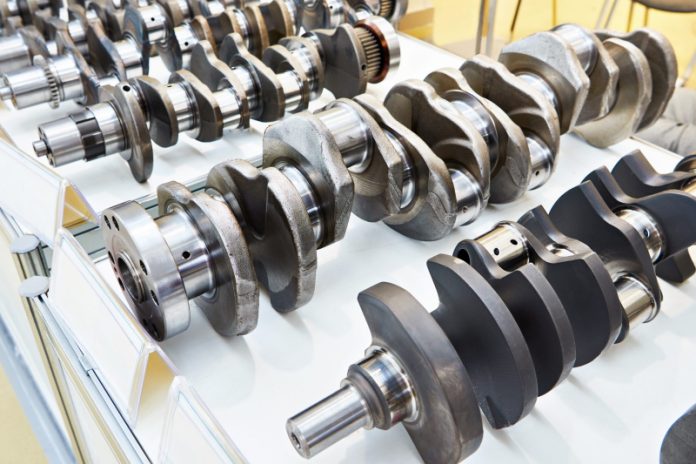Automotive Crankshafts are one of the most important engine parts, and they play a key role in powering your vehicle. They transform the up-and-down movement of the pistons into the rotary motion needed to move your car, which is then transferred through the flywheel and transmission system.
They withstand a large amount of impact and force as the pistons and connecting rods spin around them, so they have to be extremely robust. They are also subjected to a lot of bending and torsional stress as the crankshaft is turned at high speeds.
Crankshafts are made from a variety of metals, including cast iron and forged steel. The process used to make the crankshafts varies, but both methods involve heating a block of molten metal and then shaping it under high pressure.
Forged crankshafts are a high-quality choice for engines because they have better fatigue strength and dynamic balance than ductile iron ones. This results in longer service life, which helps reduce costs for engine owners.
They are available in a wide range of shapes, sizes and materials, and are often designed to accommodate specific engine requirements such as scavenging (extraordinarily low exhaust temperatures). Some crankshafts are specially designed for high-performance cars, such as those with oversized valves, which require extra clearance between the valve and the crankshaft.
Stainless steel, aluminum and titanium crankshafts have other advantages, such as corrosion resistance. These are popular choices for new engines, especially those with a high degree of performance or power. These types of crankshafts are more expensive than other types, but they are able to withstand the rigors of a high-performance engine. They are typically sprayed with a protective coating, called Cosmoline, which prevents them from rusting.
The design of the crankshaft is crucial to the overall function and performance of the engine. Various aspects are studied and developed, such as weight, durability, and fatigue strength to help engineers ensure the best possible performance from their crankshafts.
A crankshaft is usually a single piece of forged or cast steel, although some are made from several pieces. The forged crankshaft is manufactured by heating a block of metal until it becomes red hot, then shaping it under very high pressure.
It’s important to use a crankshaft that has been designed to meet all of your vehicle’s engine requirements, so it will be able to handle the huge amounts of force that are transferred to it from the pistons and connecting rods as they rotate around it. They have to be strong enough to withstand the impact and force of the pistons and connecting rods, while at the same time being lightweight so they can be manufactured to meet all of your engine’s weight and performance requirements.
A forged steel crankshaft has been proven to have a 36% higher fatigue strength than a ductile cast-iron crankshaft. This means it will last six times as long. It’s also more durable than a cast-iron crankshaft and doesn’t crack as easily. This means that it will last longer and perform more efficiently, which is essential for modern, high-performance engines.





